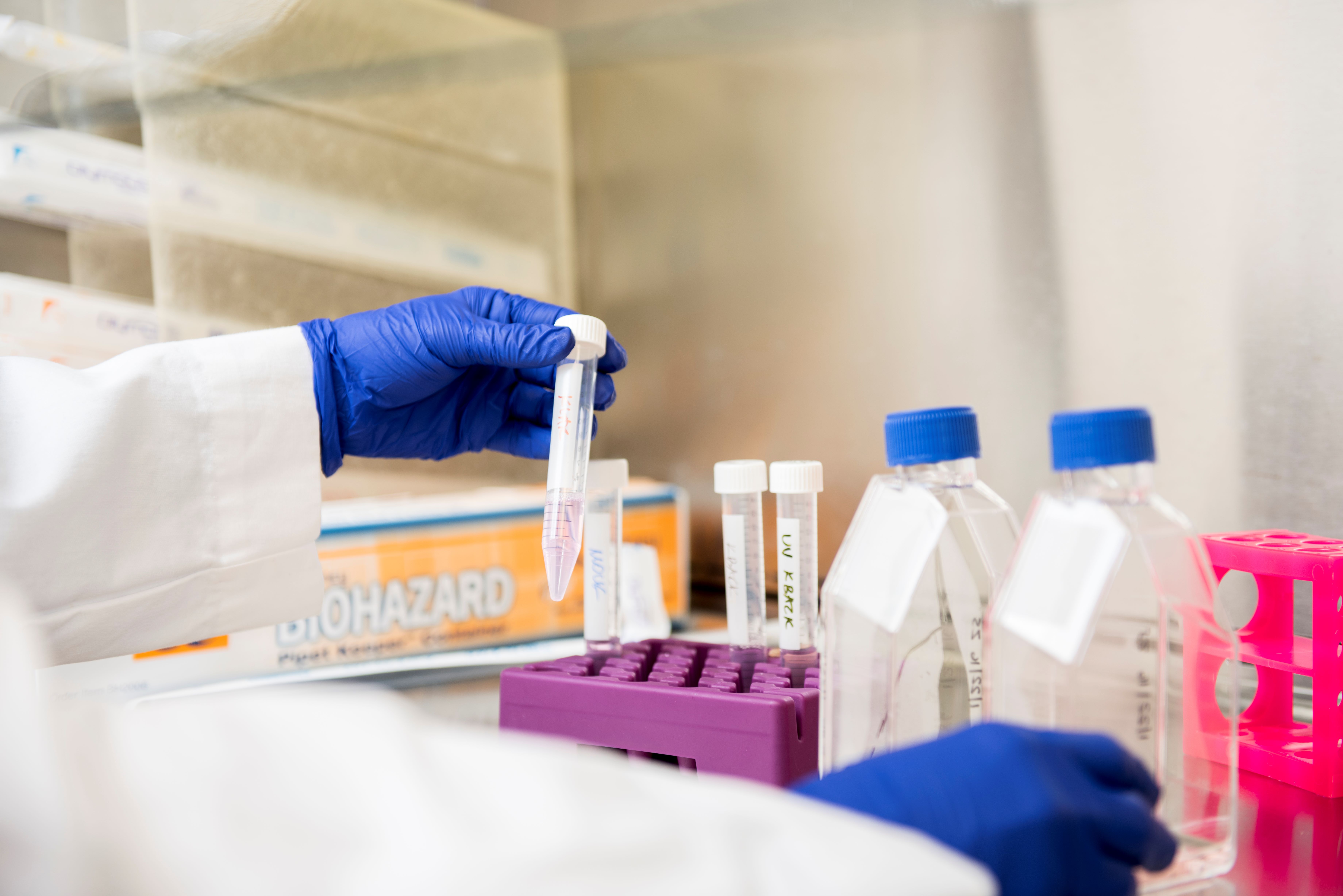The Biological Safety program is designed to maintain safe conditions in biological research and prevent harm to humans, animals and the environment. Safe biological research includes appropriate facilities and equipment, adequate training, proper laboratory practices and safe working conditions. Biological safety helps protect the UW community of students, faculty, staff and visitors. It also helps maintain our academic excellence and integrity and ensure research funds from the National Institutes of Health (NIH) and other funding sources. Good biological safety practices protect the environment from release of potentially harmful agents. The Biological Safety program includes oversight for compliance and safety, training and outreach, institutional support for incident response, building design, and collaboration with UW committees such as the Institutional Animal Care and Use Committee (IACUC) and Institutional Review Board (IRB).
You can find detailed information about biosafety in the UW Biosafety Manual including biosafety policies and safe work practices. If you are working with biohazards, be sure that an electronic link or paper copy of the UW Biosafety Manual is available in the laboratory.
Biological research approval
The Biological Safety program and the Institutional Biosafety Committee (IBC) oversee and approve research involving biohazards and procedures for procurement, use, storage, transportation and disposal of biohazardous material. Visit the Biological Research Approval webpage for more information.
Risk assessment and hazard identification
Each Principal Investigator (PI) is responsible for performing a risk assessment of his or her work to identify hazards. The risk assessment helps determine which biohazard containment and laboratory practices are appropriate. Refer to Biological Risk Assessment for more information, including Risk Groups and Biological Safety Levels.
Biosafety laboratory inspections
EH&S biosafety officers inspect laboratories working with biohazards. The goals of biosafety inspections are to ensure lab practices and facilities comply with relevant regulations, to provide guidance on biosafety issues, to verify required trainings have been completed and to facilitate communication between researchers and EH&S. Refer to our inspection checklists to help prepare for your biosafety lab visit:
Biological safety cabinets
Biological safety cabinets (BSCs) are used to protect personnel, products and the environment from exposure to biohazards and cross contamination. Knowing how to work safely in a BSC is key. To learn more about safe practices and how BSCs work, watch this video from the National Institutes of Health (NIH). Visit the Biological Safety Cabinets webpage for more information about BSCs.
Decontamination and biohazardous waste
Decontamination eliminates microbial contamination or reduces it to a safe level. The Biosafety Manual details procedures for decontamination in Section 4.E. The U.S. Environmental Protection Agency (EPA) maintains a list of registered antimicrobial products that are effective against certain organisms. If you need help selecting an appropriate disinfectant, you can contact the Biological Safety program at ehsbio@uw.eduor 206.221.7770.
Visit the Biohazardous Waste webpage for information on autoclaves and how to handle biohazardous waste at the UW.
Biohazardous spills
If a spill of biohazardous material or recombinant DNA occurs, follow the Biohazardous Spill clean-up instructions. Print these instructions out and keep them in your Biohazardous Spill Kit. If any person is exposed during the spill, follow the instructions on the Exposure Response Poster.
